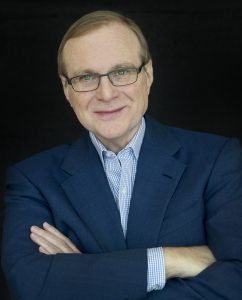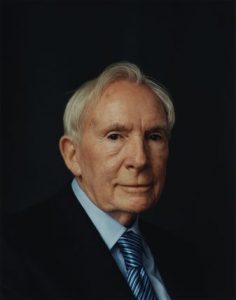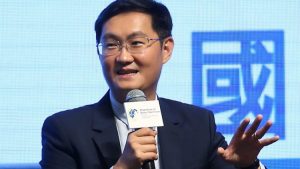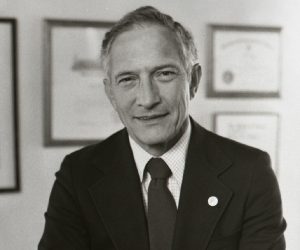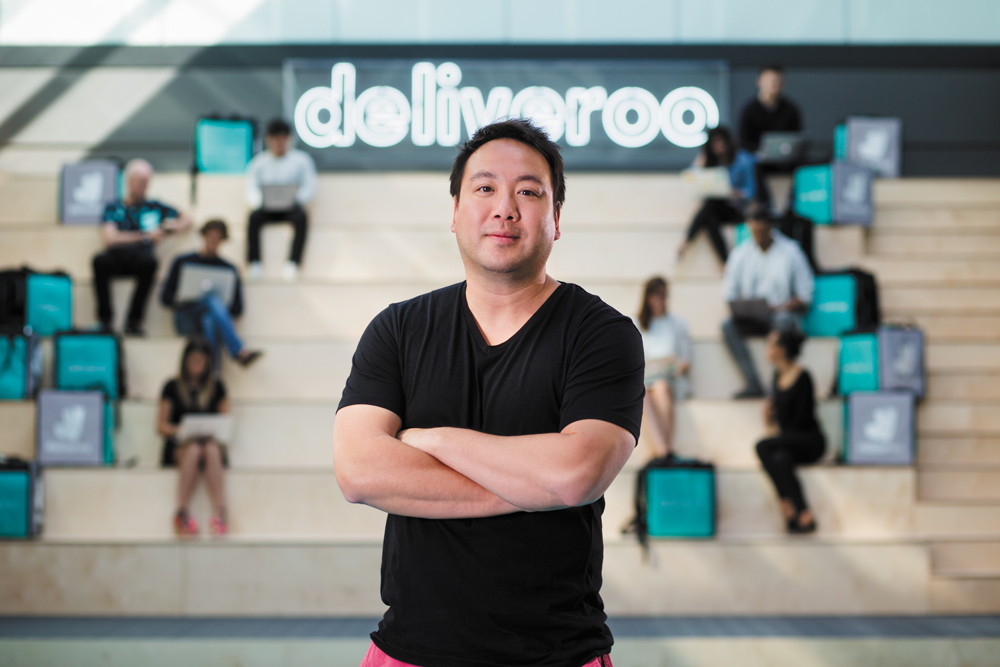Samaira Mehta : Little Fingers Running from Coding to Entrepreneurship
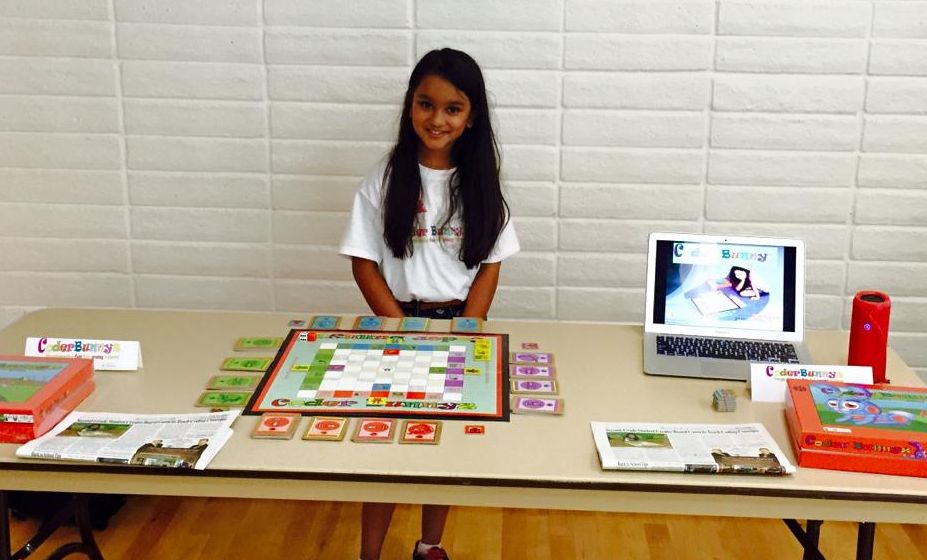
Most of the children, at the age of six, are adjusting with their school’s environment, some have still not joined the school yet, and some brilliant minds of the same age, are working towards excellence, and making their ways into the tech world. Such gifted kid, from the Silicon Valley, is a ten years old Samaira Mehta, who has been into the limelight for her invention, at the age of eight, becoming one of the youngest entrepreneurs and a powerful motivational speaker.
Samaira Mehta, an Indian-American girl, was born on 4 March 2008, to Rakesh Mehta and Monica Mehta. Her father works as an engineer at Intel Co., and her mother worked in the field of marketing for more than a decade. Samaira was just six years old when her father started teaching her programming. The bright Samaira developed an immense interest in the same and started practising it. According to one of her interviews, she loved doing coding and playing the board games. Love for the two brought her the idea of mixing both of them and creating a board game that could help the people of age from 4-104, to learn to code in an easier way.
When Samaira turned eight, she finally decided to transform her idea into reality and launched a board game, naming it the CoderBunnyz. The game became popular in no time, and hence, Samaira co-founded a company, with her mother, given the same name to it as the game.
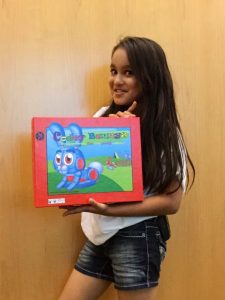
Little Samaira became a self-made entrepreneur at the tender age of eight. After the success of CoderBunnyz, she came out with its sequel CoderMindz. CoderMindz is based on the concept of Artificial Intelligence and is another hit. The game is first of its kind, and Samaira gives half of its credit to her younger brother Aadit Mehta, who assisted her in the development and is just six-years-old.
From basic to advance, the CoderBunnyz has thirteen levels, that makes the players grow their skills, with every step. The game has made a place among the Five Best Board Games of the World, that is a huge thing for anyone, at the age of ten. Before making up to the top five board games, it had already won the second-place prize of $2,500, from Think Tank Learning’s Pitchfest, in 2016.
After the launch of the game, Samaira started providing demo classes in libraries and schools, so that the kids could learn how to play. Soon, she received invitations for large tech events. Her game also grabbed the attention of the to tech giants, like Google and Microsoft, and they also organised the demo workshops for the game. Until now, she has done over 50 workshops in Silicon Valley, teaching over 2000 kids, including over 50 at Google. After the workshop at Google, she also received an offer of working with Google, as soon as she completes her college, by Stacy Sullivan, Google’s Chief Culture Officer.
Samaira also developed another board game, especially for the underrepresented girls, named as Girls U Code. Her achievement also brought her a letter of appreciation from the White House. Samaira has been featured in NBC, Sony, ZDF, Mercury News, sina.com and several media in three continents (North America, Asia, Europe) and over 11 countries. She spoke at the CMG Impact 2016 Women in Tech (2017), becoming the youngest speaker at CMG. She also gave a speech at the MyPowerTalk at Silicon Valley tech forum, in the same year, where she received a standing ovation from more than 400 women. The Cartoon Network also profiled her as the real-life “Powerpuff Girl”. She has received the Young Entrepreneur Award from the Silicon Valley, in 2017.
The big tech companies are all set to hire the young entrepreneur, but, it all it is up to her whether she will go with a multinational tech company or will run her own business. Until then, we can just watch her progress. Along with playing with codes and creating unusual board games, Samaira also loves to play guitar and archery. She is a supporter of girls education and wants to make people of every age fall in love with coding and programming.

Yashica is a Software Engineer turned Content Writer, who loves to write on social causes and expertise in writing technical stuff. She loves to watch movies and explore new places. She believes that you need to live once before you die. So experimenting with her life and career choices, she is trying to live her life to the fullest.
